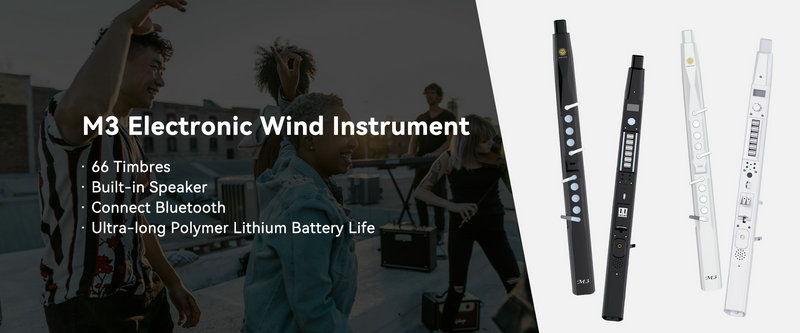Electric wind instruments, like many other electronic devices, often require hardware and software updates to ensure optimal performance, compatibility, and access to new features. These updates are essential for several reasons.
One of the primary reasons for hardware updates is to improve the instrument's functionality and reliability. As technology advances, manufacturers can incorporate new components or make enhancements to existing ones to enhance the playing experience. For example, they may upgrade the sensors to improve the instrument's responsiveness, making it more sensitive to the player's gestures and nuances. This can result in more accurate and expressive playing.
Additionally, hardware updates may be necessary to address any manufacturing defects or issues that arise over time. By replacing or repairing faulty components, the manufacturer can ensure that the instrument continues to function properly and meets the quality standards expected by the users.
Compatibility is another crucial factor. Electric wind instruments often need to interact with other devices, such as computers, audio interfaces, and software applications. As new operating systems and technologies are released, the instrument may need to be updated to ensure seamless connectivity and compatibility. This allows musicians to integrate the instrument into their digital music setups without encountering any technical difficulties.
Software updates play a significant role in expanding the capabilities of electric wind instruments. Manufacturers can release updates that add new sound presets, effects, or articulations, giving musicians more creative options. These updates can also improve the instrument's sound quality by optimizing the digital signal processing algorithms or adding support for higher sample rates.
Furthermore, software updates may include bug fixes and performance optimizations. This ensures that the instrument operates smoothly without any glitches or errors. It also helps to improve the overall stability and reliability of the device, reducing the risk of crashes or malfunctions during performances.
In some cases, updates may also be required to comply with industry standards or regulations. This is particularly important in the context of wireless connectivity or data security. By keeping the instrument's software up-to-date, musicians can ensure that they are using a device that is compliant and safe.
To stay informed about available updates, it is advisable for users to regularly check the manufacturer's website or subscribe to their notification channels. Most manufacturers provide detailed instructions on how to perform the updates, which may involve downloading and installing the update files onto the instrument or using a dedicated software application.
It is important to note that not all electric wind instruments require frequent updates, and the frequency of updates can vary depending on the manufacturer and the specific model. Some instruments may receive major updates less frequently, while others may have more regular minor updates to address specific issues or add incremental improvements.
In conclusion, hardware and software updates are an integral part of the ownership experience of electric wind instruments. They allow manufacturers to enhance the instrument's performance, add new features, and ensure compatibility with the evolving technological landscape. By keeping their instruments up-to-date, musicians can make the most of their investment and enjoy a more satisfying playing experience. Whether it's for improved sound quality, expanded functionality, or better compatibility, updates play a crucial role in the continued development and improvement of electric wind instruments.
SUNRISE MELODY M3 Electronic Wind Instrument - The best-selling Electronic Wind Instrument
. 66 Timbres
. Built-in Speaker
. Connect Bluetooth
. Ultra-long Polymer Lithium Battery Life



